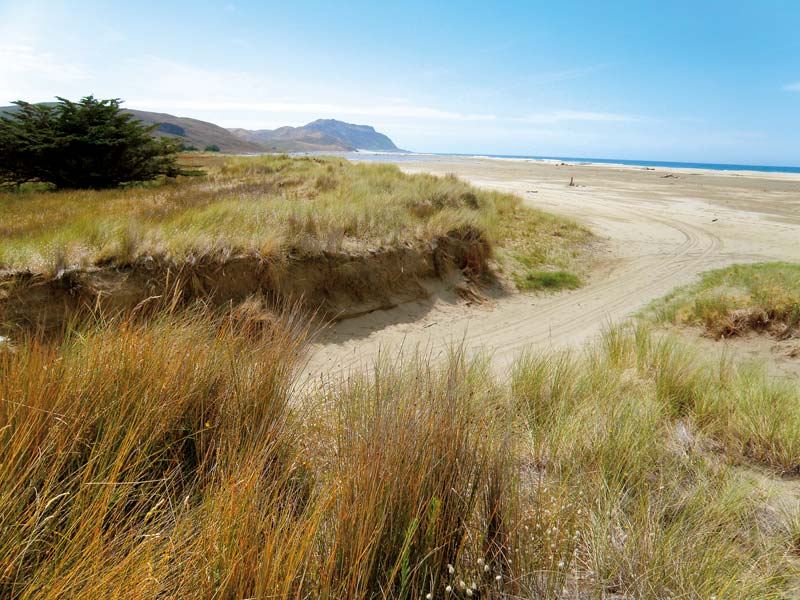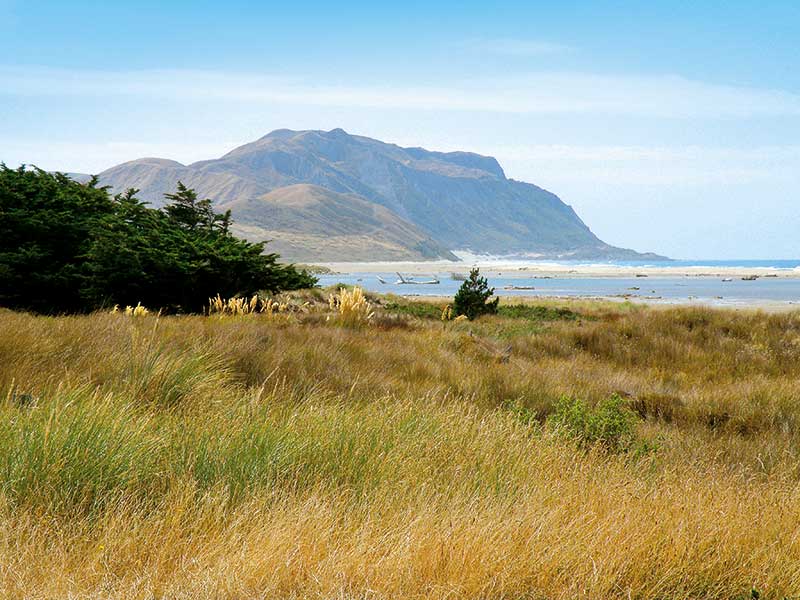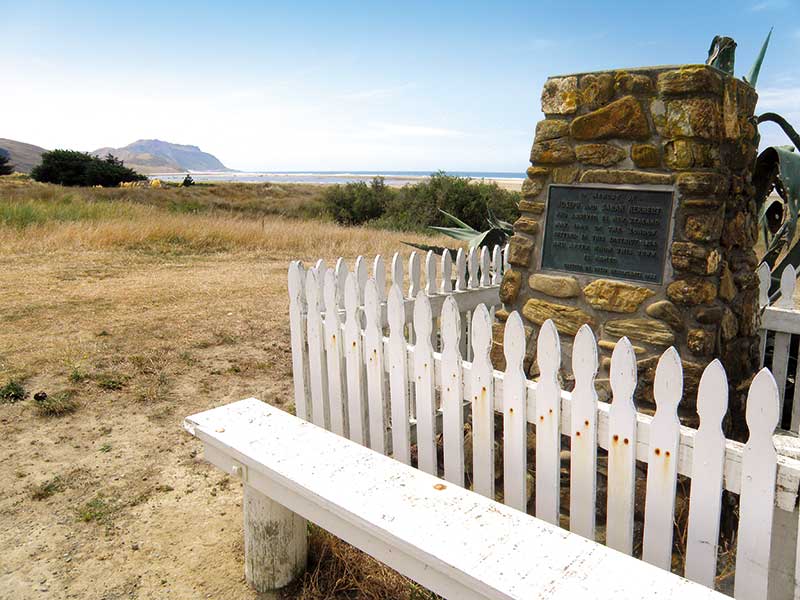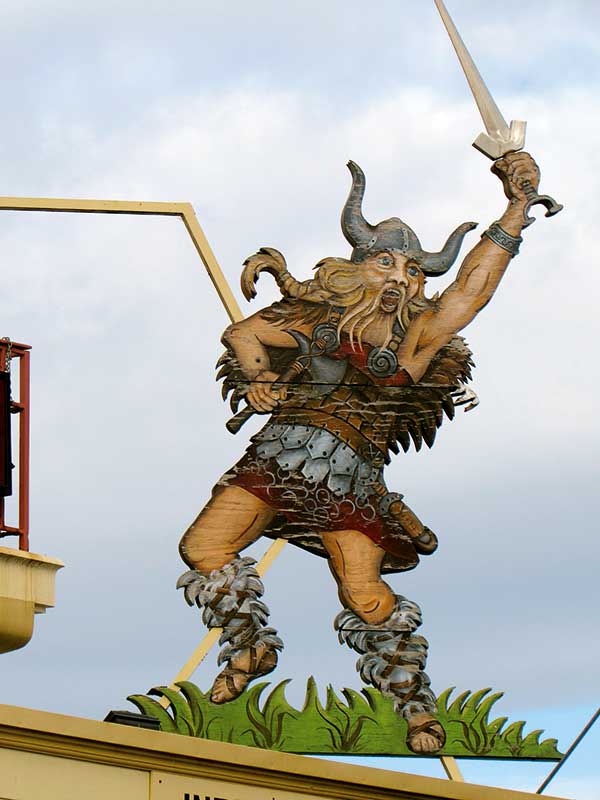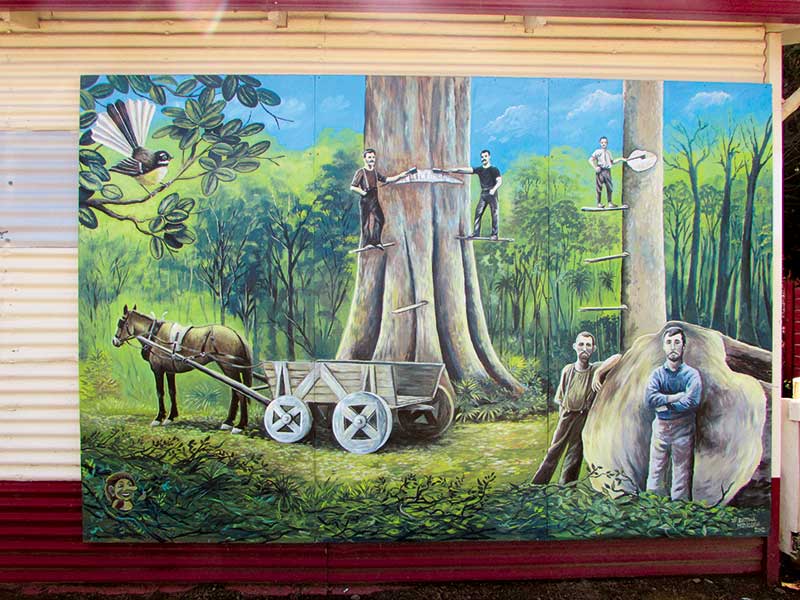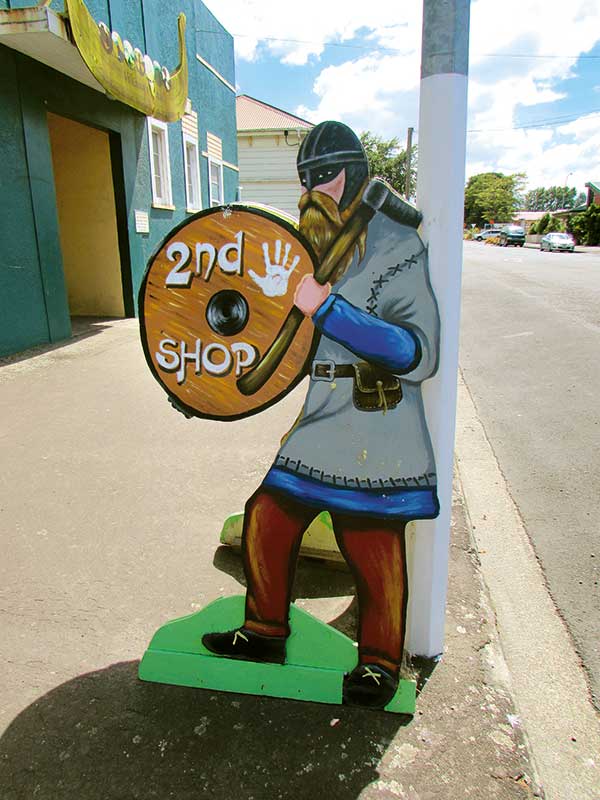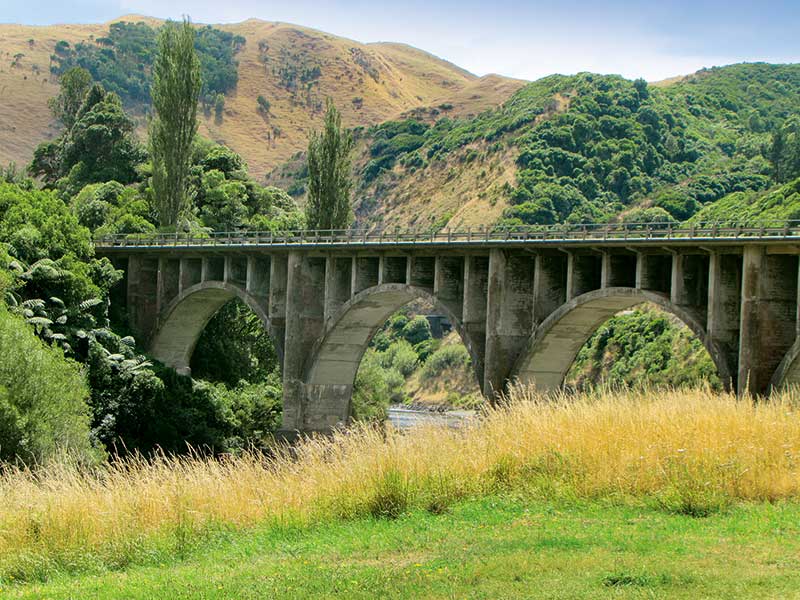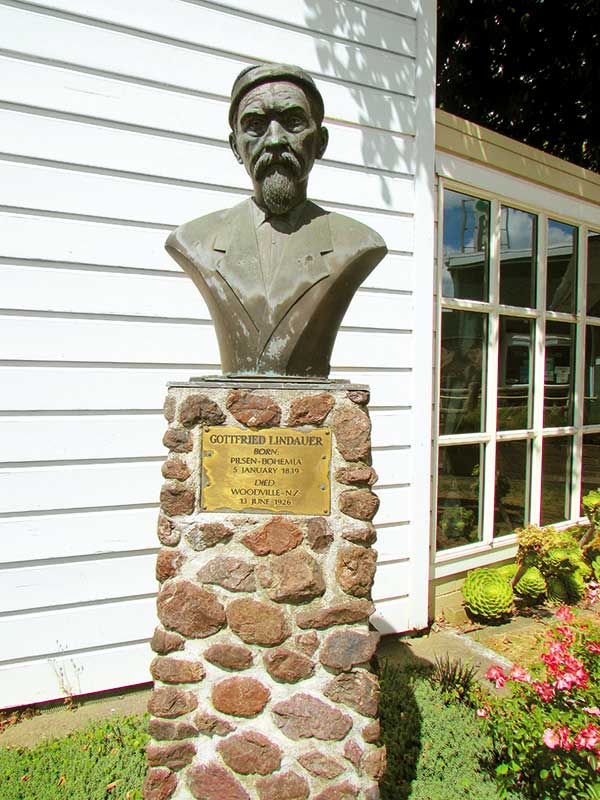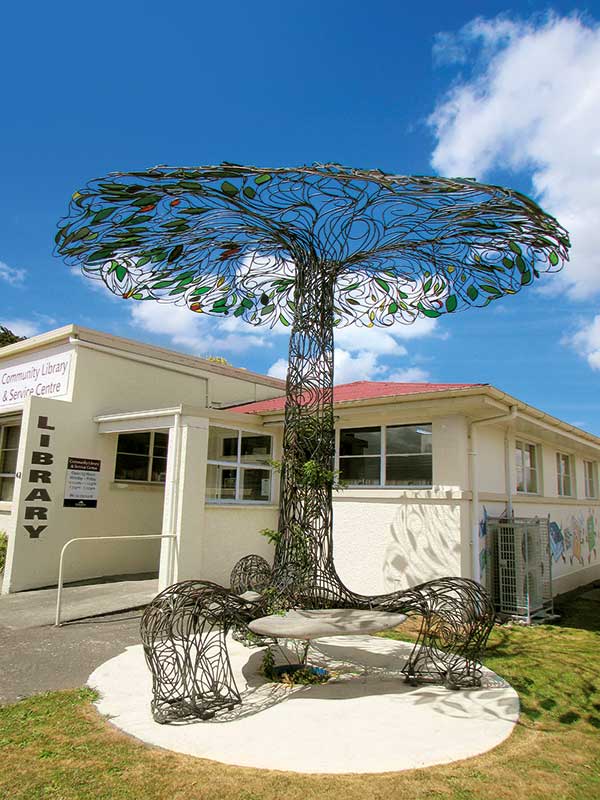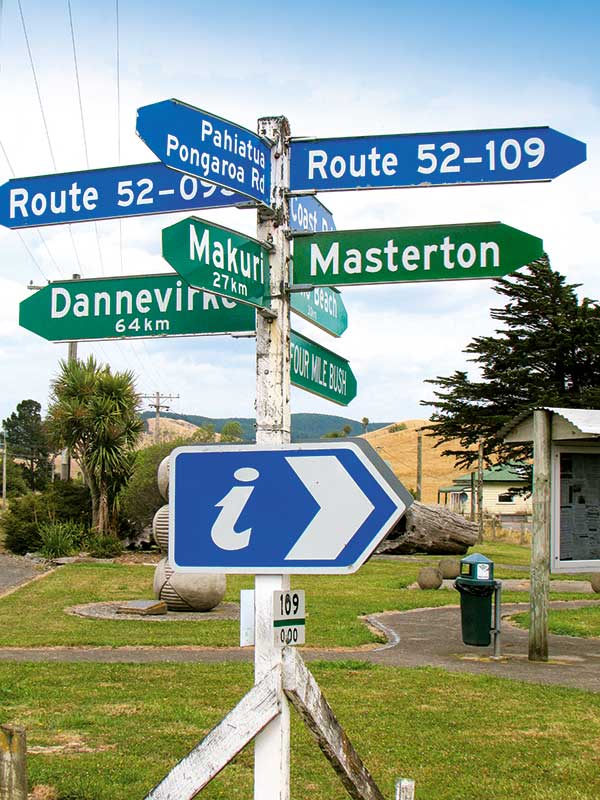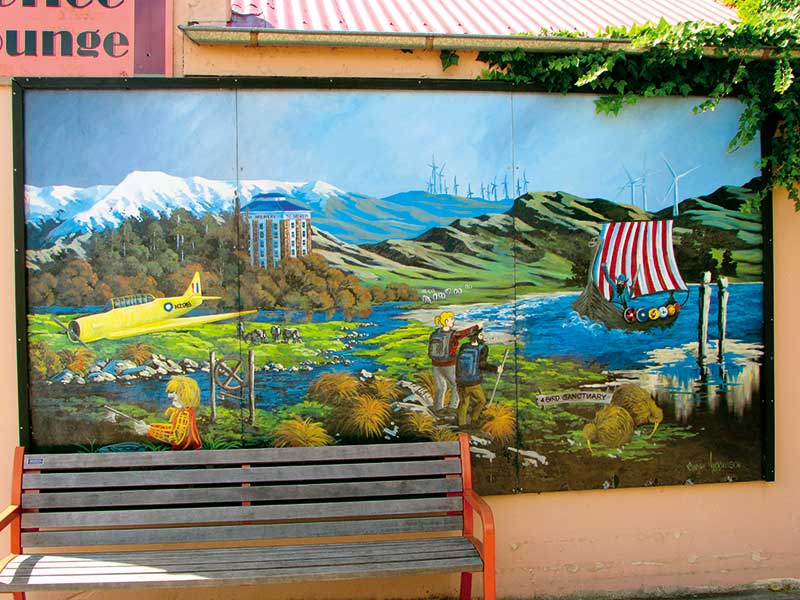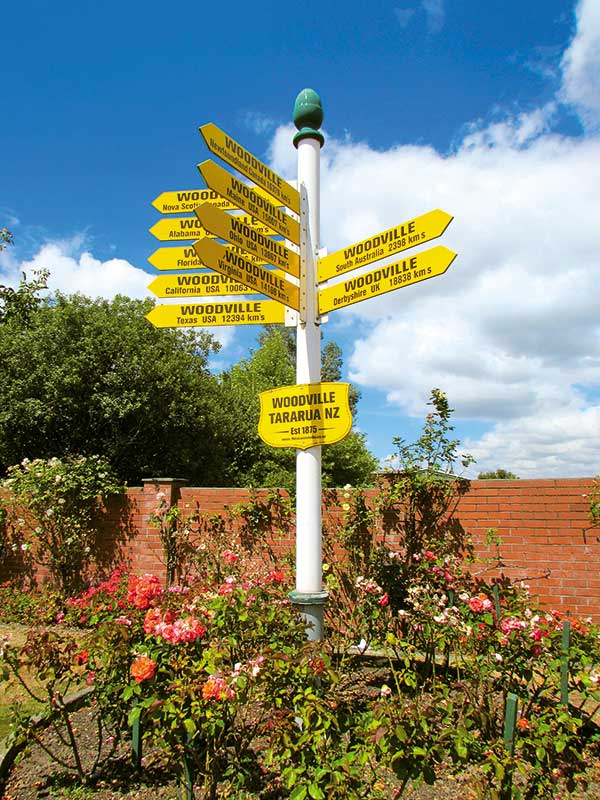Tararua is a little piece of heartland New Zealand, tucked between the Hawke’s Bay and Wairarapa.
There’s a rugged, pioneering feel to some of the settlements there and people making their mark on the area today have the same characteristics. Maori, who named the area Te Tapere Nui o Whatonga (‘the great food basket of Whatonga’), remind us of their history with many marae and place names, including the longest one in the world.
Tararua is also a motorhome-friendly area. There are plenty of campgrounds, freedom camping spots and low cost parking – the visitor’s guide to the area lists many of them.
There are walks and tramps galore in the region, from longer tramps in the Ruahine and Tararua Ranges, to bush walks and strolls along the beaches. Anglers love the rivers in the region, which are famous for trout. There are also lots of interesting townships that give an insight into the pioneering beginnings of the Tararua District.
Norsewood is a must for those who are interested in the Scandinavian heritage of the area. Just off SH2, Norsewood Heritage Village showcases pioneering buildings and has a real Norwegian feel to it.
The town’s original 483 settlers arrived in 1872 and set about clearing the dense forest known as the Seventy Mile Bush. They were joined by other Scandinavians and eventually the land was made suitable for sheep, cattle and dairy farming. It is hard to imagine what life was like for these early pioneers, struggling against poverty and natural disasters.
A fire in 1888 destroyed much of the town and many of the buildings seen now date from the rebuild. St David’s Church and the Pioneer Cottage are listed by New Zealand Historic Places Trust. Norsewood remembers its heritage by teaching Norwegian folk dancing at school and on the nearest Sunday to May 17th, Norway’s National Day, the whole town celebrates.
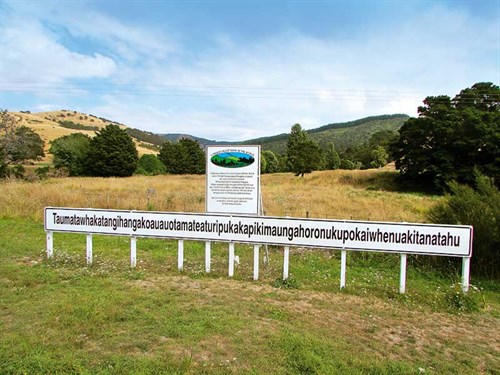
Two things you notice walking around the settlement: the unique wheel the Norwegians developed for the hard terrain they were working in (it looks like a Viking shield) and the carved trolls. Anyone who has visited Norway will recognise the distinctive style.
We admired the Pioneer Museum and Johanna’s World which has New Zealand’s only replica of a Norwegian stave church. After heading to the Scandi Superette to pay the nightly fee for camping at the ANZAC reserve, and then foraging for Norsewear socks at the New Zealand Natural Clothing Shop, we took a loop drive through Ormondville.
This settlement grew in importance when the railway arrived in 1880 and became a thriving township. Now it’s a picturesque backwater with a pub, a beautiful church and an amazing railway station. Restored with a 1950’s vibe, the station is used for boutique accommodation. Railway buffs love it.
About 20km south of Norsewood is Dannevirke (‘Dane’s work’), which was settled mainly by families from Sweden and Denmark. Maori in the area were descended from the Takitimu/Kurahaupo waka. A legacy from this era is the Makirikiri Marae built around the time that the Scandinavian settlers were arriving.
Little evidence of the Danish settlers remains in Dannevirke as, like Norsewood, it suffered a devastating fire. On Labour Day in 1917 many residents were at the racecourse watching motorcycle racing so the fire burned unchecked, destroying most of the south part of the town. The Gallery of History, housed in the former Courthouse, has historical information and artefacts. Otherwise the only evidence of Vikings lies in the town’s signage.
Next we drove east from Norsewood to the coast, travelling along windy roads with settlements few and far between.
Porangahau Beach had a long sweep of sandy beach and freedom camping in the dunes. Just along the road was the world’s longest place name which translates (in one account) as “the hilltop, where Tamatea with big knees, conqueror of mountains, eater of land, traveller over land and sea, played his koauau to his beloved.” The sign is worth a photo stop, though the hill itself is underwhelming.
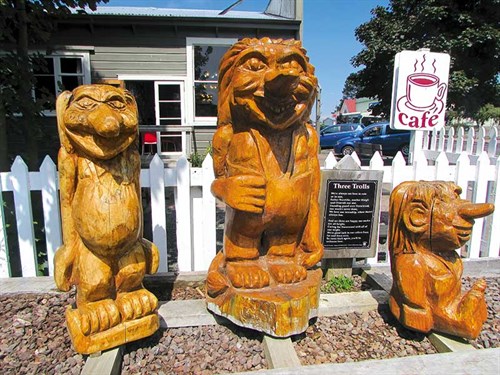
We stopped for coffee at the pub/shop at Herbertville, named after pioneer settlers Joseph and Sarah Herbert who arrived in 1854. The pub owners are contemporary pioneers, new to the area, and have been sprucing up the building, which now offers accommodation.
Herbertville and nearby Akitio once supplied London-bound ships with wool from coastal stations. The woolshed at Akitio dates from 1883. There’s a beach walk from Herbertville to Cape Turnaround, so named by Captain Cook in 1769 as he retraced his passage along the coast.
Inland from Akitio the gravel road meandered towards Pongaroa where we had lunch at the post office/cafe/shop/second-hand store. The township is the area’s main centre and the signpost outside the shop is indicative of this with towns and routes leaving in all directions. Nearby, the Maurice Wilkins Monument honours a son of Pongaroa who discovered the double helix, which in turn led to the understanding of the DNA molecule.
South of Dannevirke on SH2 is Woodville. The third of the Scandinavian settlements in the Seventy Mile Bush, Woodville was so named for the bush it once stood in.
Nowadays the town’s main attraction is the Gottfried Lindauer Replica Studio. Bohemian born Lindauer built his house and studio in Woodville in 1890, where he lived until his death in 1926. Inside the studio (accessed through the visitor centre) there are prints of his paintings along with furniture and other memorabilia. Woodville is also the gateway to the dramatic Manawatu Gorge; walkers can experience the Te Apiti and other shorter tracks, otherwise the drive is an experience in itself – leading into the Manawatu.
But that’s another story.

